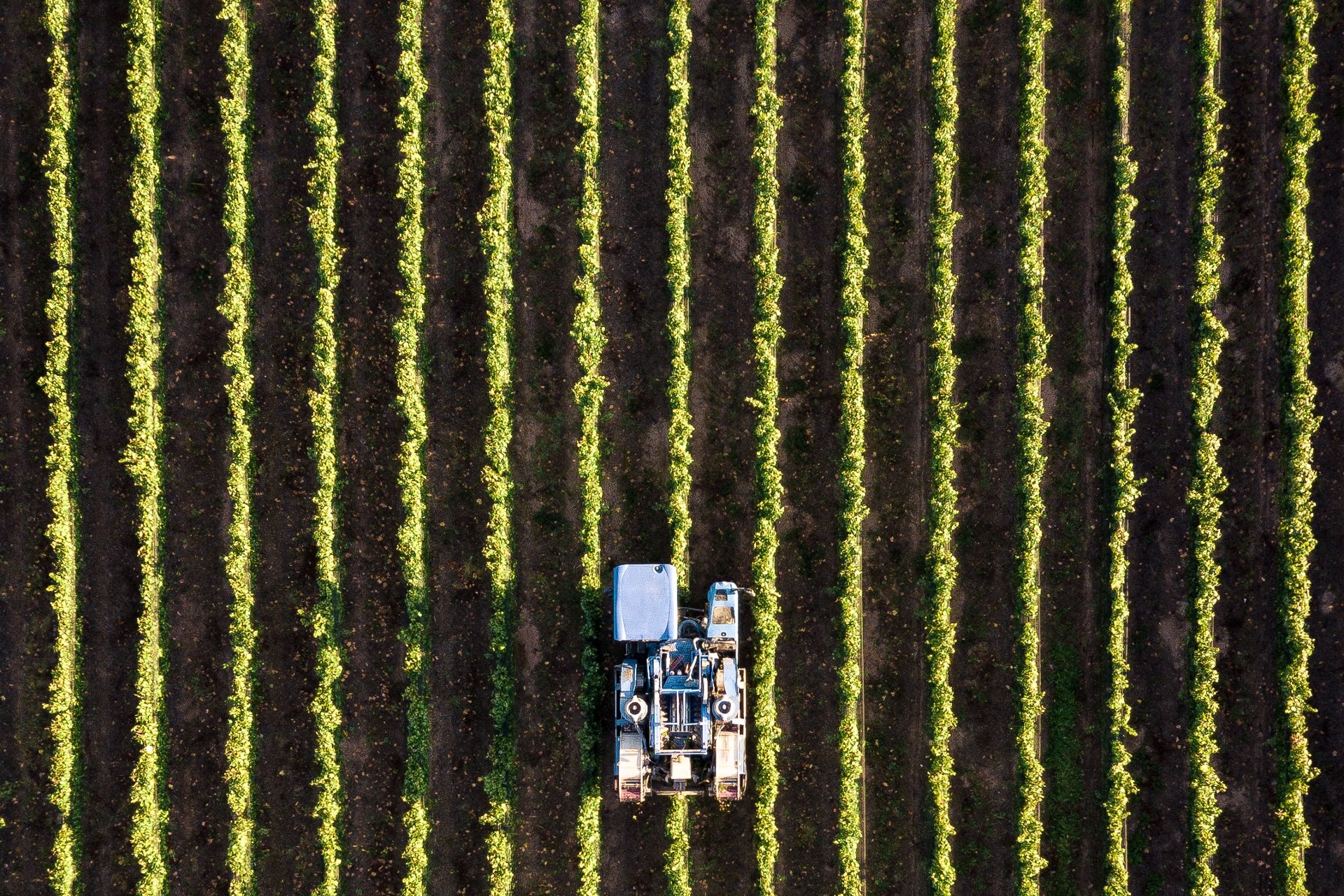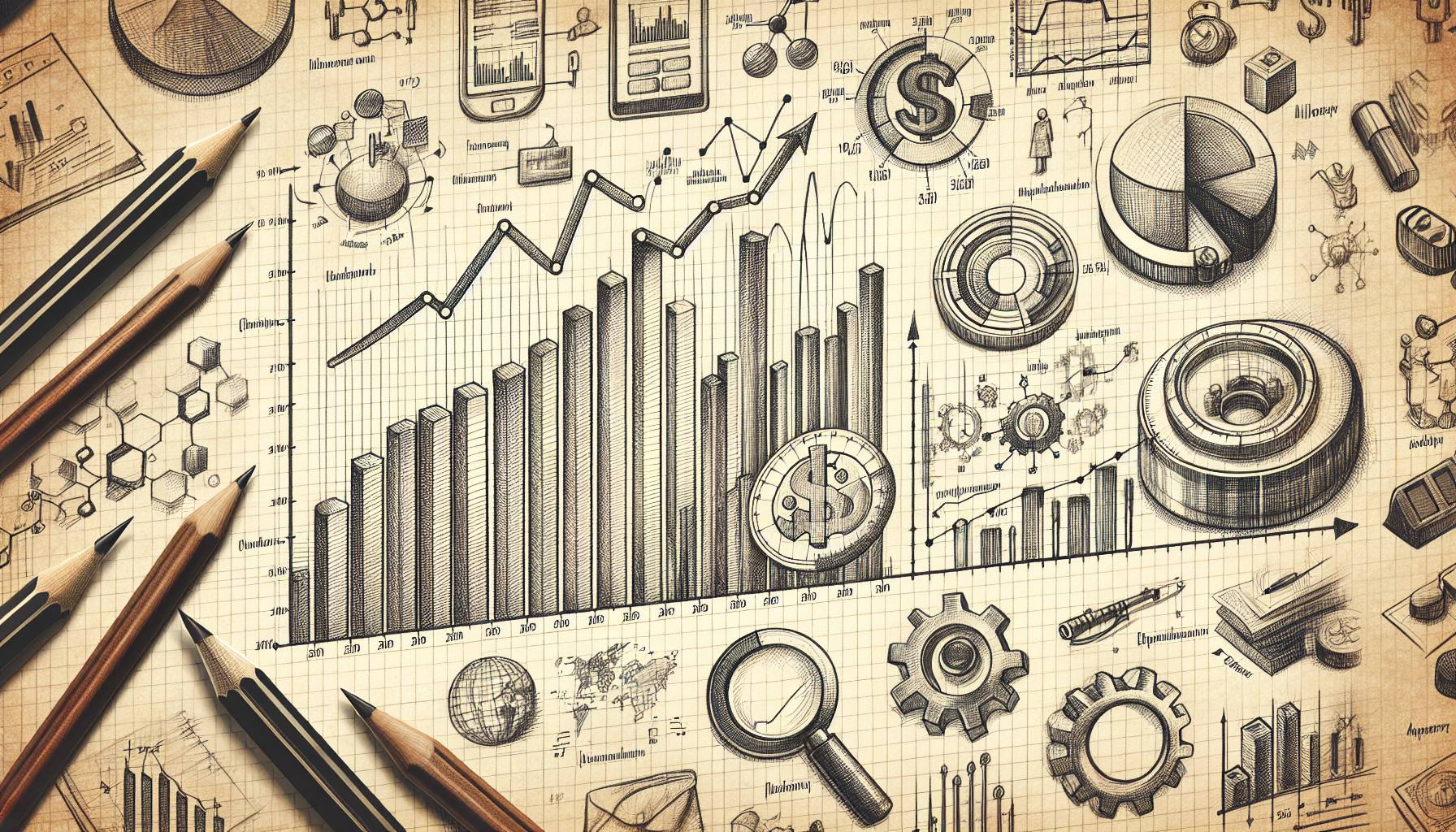e-Agriculture means that farmers rely on information technology for farm management, weather prediction, planting, harvesting, and much more.
Indeed, information technology has altered how farmers manage their crops and cattle. To summarize, e-Agriculture is a new phenomenon that is here to stay. It is radically revolutionizing farming and food production operations.
Farm Management with Cloud Computing
Cloud computing, often known as software-as-a-service, is one application of e-Agriculture that farmers can utilize to better manage their crops and businesses. Start-up companies are developing business solutions that are specifically beneficial to the agricultural sector. Farmers can use some of these apps to build budgets and operating schedules based on their production plans.
e-Agriculture software is available. This software allows for more effective staff management. Work plans can also be made based on weather forecasts. In addition, they can track progress. Machine activities and production are measurable using mobile task management systems and data integration techniques.
Aside from that, farmers can use e-Agriculture analytics tools to track production yields, costs, and profits against benchmarked values. This is a technique that is part of a variety of industries. However, it is specifically designed for farm productivity in this situation.
Cloud-based e-Agriculture services provide farmers with access to critical information from any location at any time.
Technology for Mobile Devices
The way monitoring and assessment are done is changing because of mobile technologies.
What was once done with a pencil and paper is now possible with cellphones and tablets. In addition, there are apps expressly for data collection by field teams. Furthermore, it has the capability of collecting real-time data. After that, it can send updates to field teams. This happens through mobile devices and keeps them up to date on new assignments.
Because cellular networks are readily available in the field, this is feasible. It’s also the most cost-effective approach to give field workers access to data.
Security and RFID Technologies
Radio Frequency Identification or RFID is the technology for e-Agricultural tracking and security.
Livestock, for example, can be tracked using RFID-enabled livestock tracking tags. This can be useful for tracking cattle on a daily basis. In addition, it is available for health monitoring and preserving a database of each animal’s health history.
Furthermore, through its security tagging, this e-Agriculture technology aids in the reduction of counterfeiting or impure food shipments during crop shipping. This is particularly helpful in dealing with certified organic crops.
e-Agriculture Analytics, Big Data, and Smart Farming
Precision agriculture makes use of a variety of tools, including data analytics. This is smart farming.
It’s now part of many agri-businesses helping reduce costs and boost output. Crop yields, soil mapping, fertilizer applications, animal health, and weather patterns, are among the data that e-Agriculture farm offices collect.
e-Agricultural firms can use big data analytics to figure out what crop to grow. Additionally, it can help them know when and where to plant it. Even small farmers can collect data from a variety of sources. This data can aid in decision-making that will help them reduce expenses and enhance yields.
The use of water sensors, for planning future crops and water usage, is an essential application here. This is especially beneficial in drought-prone areas.
The Heart of e-Agriculture: Communication
Reliable communication networks and computer infrastructure are at the heart of any e-agriculture operation.
Furthermore, all of the collected data must be merged for review. In addition, the data saved in the cloud must be accessible for analysis. Furthermore, farmers’ communication networks must be solid as they become more reliant on data and technology. As a result, technology has become a vital aspect of e-Agriculture operations.
An e-Agriculture Illustration
The e-Agriculture industry in Cambodia has been targeted for poverty reduction programs. Although the sector has experienced tremendous growth in the past, productivity began to decline. The province of Kampong Cham, which is Cambodia’s fertile agricultural heartland, followed suit.
There was a recent study to further understand and investigate this issue. An e-Agriculture platform can assist in addressing many problems. It can help address problems that lead to a lack of competitiveness among Cambodian farmers. Climate-smart e-Agriculture, farm credit, agribusiness portal, and risk management are the four aspects of the suggestions of the study.
Further, the study suggested that the e-Agriculture platform includes a variety of channels. Those would include mobile, desktop, kiosks, radio, call center, and television.
One factor that encourages the growth of e-Agriculture in Cambodia is the rapid expansion of the optical fiber network. This now includes national highways. In Cambodia, four out of five farmers own a cellphone. In addition, one out of every five owns a smartphone. For speedier information distribution, high-speed internet is also accessible.
Two Final, Quick Examples
Similarly, in northern Ghana, an effort supplies farmers with personalized climate information services.
Nearly a thousand farmers, about a third of them are women, have access to this information. According to a recent survey, the majority of these farmers are willing to pay for the services.
Another online portal lists buy and sell listings and crop prices. In addition, there are sites where seeds and fertilizers are available. On a smartphone, users may easily obtain this information. They can also choose only one service if that is more convenient for them.
Sub-Saharan Africa has another mobile phone-based application that can predict rain. This can assist farmers in planning their sowing and harvesting seasons. The same service is being used by a cocoa farmer in Ghana. This farmer claims that with the help of these forecasts, he was able to more than double his cocoa harvest.













